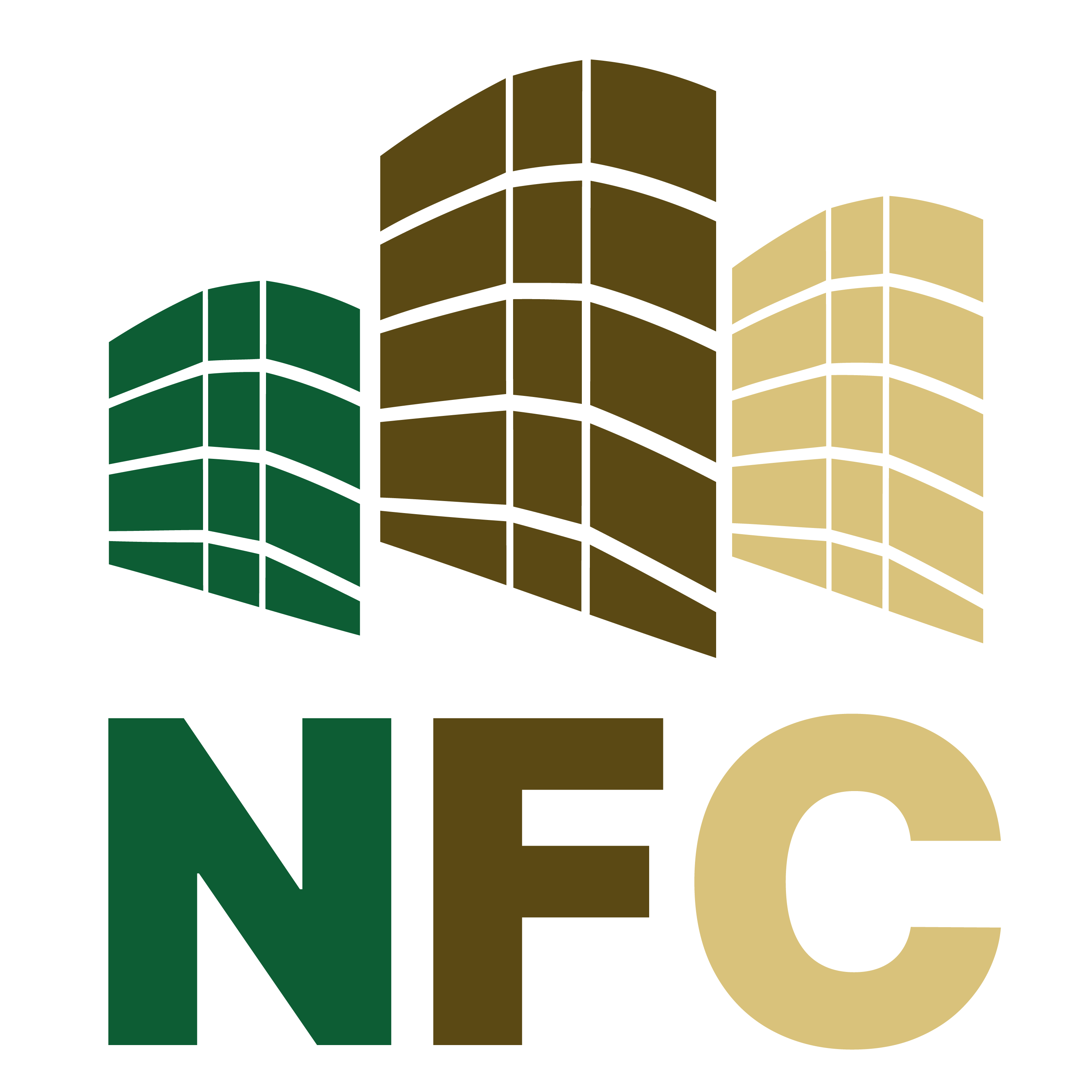What Outsourcing Commercial Facility Management Looks Like
Ever walked through a commercial building and felt like everything just works? That sense of seamless efficiency rarely happens by chance. Behind it is often a dedicated team managing the facility—many times through an outsourced partnership. What that partnership looks like, and the value it brings, goes far beyond just maintenance.
Understanding the Rhythm of Outsourcing
Picture arriving at an office complex early Monday morning. The lobby smells fresh, the HVAC hums quietly, lights flick on without delay, and a security team greets tenants by name. That consistency doesn’t just happen—it’s built through proactive planning, routine inspections, and reliable vendor partnerships.
With outsourced commercial facility management, owners offload the chaos of juggling broken pipes, unreliable contractors, or deferred compliance issues. Instead, they tap into a professional team that anticipates problems before they become crises. This creates a rhythm: scheduled maintenance, consistent inspections, and a partner who keeps systems moving in harmony.
Staffing That Blends with Ownership
A strong outsourced provider doesn’t just send a crew—they integrate with ownership. Facility managers become behind-the-scenes partners who adapt to what’s needed most. From handling asset inventories and vendor oversight to keeping up with local codes and managing tenant comfort, they wear many hats.
I once observed a facility coordinator who patched a roof leak in the morning and reviewed fire suppression documentation that afternoon—all while staying in constant communication with both ownership and tenants. The result is peace of mind, even when ownership isn’t onsite.
Modern Technology Anchoring the Service
The best outsourced providers leverage technology that simplifies complex operations. Mobile apps allow tenants to report issues instantly. A flickering light in a hallway? The system logs it, prioritizes it, and dispatches the right technician. No calls, no chasing down vendors—just fast resolution.
Work order platforms also track recurring issues, parts usage, vendor history, and downtime. Over time, these insights help owners make smarter investments. One property identified an aging HVAC unit after reviewing multiple minor repairs logged in their system. Replacing it reduced complaints and lowered energy usage across three zones.
Vendor Network Management
Most properties need more than one skillset to stay running—electricians, landscapers, janitorial crews, plumbing specialists. A high-performing facility management partner builds a vendor network with trusted professionals who are pre-vetted, insured, and reliable.
One facility manager I worked alongside had a short list of go-to vendors for everything from emergency electrical work to snow removal. These weren’t just contractors—they were relationships built on trust, accountability, and prompt service. That trust matters most at 2 a.m. during a power failure or plumbing issue. A good vendor shows up, solves the problem, and documents it properly—no chasing for invoices or wondering who’s responsible.
Mapping Compliance and Regulations
Code compliance isn’t optional—it’s foundational. Fire safety inspections, environmental standards, accessibility guidelines, OSHA protocols… they all demand attention and documentation.
During a quarterly audit walkthrough, one manager showed me a digital dashboard tracking everything from extinguisher checks to elevator certifications. Every task was timestamped, every record logged for inspection readiness. No last-minute scrambling when a surprise visit from the fire marshal occurred. That level of preparedness isn’t just smart—it protects your asset and your liability.
Tailoring Schedules to Serve Occupants
Different properties have different needs. A coworking hub may need daily cleaning and Wi-Fi uptime guarantees. A medical building may require biohazard waste disposal, air filtration, and round-the-clock HVAC reliability.
Outsourced providers learn these needs fast—and tailor service schedules accordingly. Professionals build custom checklists, coordinate with specialty vendors, and ensure tasks match occupancy patterns. That attention to detail improves tenant satisfaction and extends the life of equipment.
Managing Budgets with Predictability
One of the most overlooked benefits of outsourcing is budget clarity. Rather than receiving unpredictable invoices for every service call, most property owners prefer a monthly fee that covers labor, oversight, inspections, and reporting.
Special projects—like re-striping parking lots or upgrading security systems—are quoted separately, so owners can plan. One client I worked with previously described their relief when shifting to a fixed-fee model. They went from reacting to every emergency with expensive calls to confidently planning capital improvements with accurate reporting.
Onsite Presence and Concierge Services
In many larger properties, outsourcing includes an onsite operations manager or concierge. This person handles everything from greeting vendors and answering tenant questions to unclogging sinks and patching drywall.
One manager I knew took pride in being able to fix a jammed lock before tenants even noticed. These on-the-ground professionals become the face of the building, bringing a friendly voice and fast response. Their presence builds tenant trust and improves long-term retention.
Emergency Response That Actually Responds
Emergencies don’t happen on a 9-to-5 schedule. A burst pipe or downed HVAC system after hours can disrupt operations, damage property, and upset tenants.
A reliable outsourced partner offers 24/7 emergency dispatch as part of the service agreement. I joined a night-time response once where a sensor detected moisture beneath a raised floor in a data center. Within minutes, a technician was dispatched, the facilities manager was alerted, and the entire incident was logged digitally with photos and timestamps. That kind of preparation makes emergencies manageable, not catastrophic.
Energy Management and Sustainability
Energy costs are often one of the largest controllable expenses for a property. Effective facility management includes reviewing energy patterns, optimizing schedules, and implementing smart controls.
At one property, occupancy sensors and LED retrofits led to a 15% reduction in lighting costs within a year. Beyond cost savings, tenants appreciated the focus on sustainability and building health. These improvements are easier to implement with a partner who brings both data analysis and project coordination under one roof.
Reporting That Keeps Everyone Informed
Facility management thrives on transparency. Monthly reports should include completed tasks, open work orders, vendor scorecards, tenant satisfaction metrics, and financial summaries.
I’ve sat in quarterly meetings where stakeholders reviewed dashboards that showed a clear shift from reactive to proactive maintenance. One asset manager commented that the visibility gave him the confidence to approve more capital investment because he finally understood what was happening on the ground.
Continuous Improvement Without Bureaucracy
Great facility partners don’t wait for annual reviews to make changes. They build feedback loops into weekly or monthly reporting. For example, noticing three filter clogs in the same system over two months might trigger a change to preventive replacement schedules—not just more reactive cleaning.
Those changes feed into annual budgets and planning. This iterative improvement—without red tape—makes outsourced providers feel like part of the internal team, always pushing for better results.
Selecting the Right Outsourced Partner
Not all providers are created equal. Some specialize in high-rise office towers. Others thrive in mission-critical settings like healthcare or logistics. Key criteria to consider:
- Experience with similar property types
- Size and depth of vendor network
- Emergency response structure
- Transparency in reporting
- Software platform usability
- Responsiveness and communication style
Some owners prefer boutique firms that offer high-touch service. Others value larger networks with regional reach. The key is alignment: finding a provider whose strengths match your property’s needs.
Transition and Onboarding
Switching to outsourced facility management starts with a deep discovery process. This includes auditing all current systems, vendor contracts, maintenance logs, manuals, and staff roles.
The provider will walk the site, meet with current team members, and outline how the transition will work—who manages what, when vendors change, how reporting happens. Good onboarding sets the tone for trust, clarity, and stability.
Scaling with Multiple Locations
For REITs or owners managing multiple locations, outsourcing simplifies scale. Instead of hiring and managing teams at each property, you can centralize oversight while maintaining localized service.

Outsourced firms often assign regional managers who oversee multiple sites. These managers share best practices across locations and prevent repeat mistakes. With unified systems, vendors, and reporting, multi-site portfolios operate more cohesively—and more efficiently.
Avoiding Hidden Pitfalls
Outsourcing isn’t foolproof. Problems arise when contracts are vague, response times are unclear, or vendor vetting is too lax. Some providers offer cookie-cutter plans that miss key nuances like occupancy type or local compliance needs.
To avoid issues:
- Clarify service scopes and response standards
- Require vendor accountability (licenses, insurance, performance metrics)
- Include provisions for regular audits and service adjustments
- Choose a provider that offers flexibility, not just a fixed playbook
Why Owners Keep the Trust
When facility management is done right, owners feel it—even if they don’t always see it. Systems stay operational. Tenants stay satisfied. Budgets stay predictable.
More importantly, owners reclaim their time to focus on growth, leasing, or capital projects rather than being dragged into operational firefighting. A strong outsourced provider becomes an extension of the ownership team—quietly maintaining the value and performance of the asset behind the scenes.
One such partner is National Facility Contractors, whose client-focused model, proactive service delivery, and boots-on-the-ground presence have helped property owners reduce emergency calls, improve tenant satisfaction, and restore peace of mind.
A Glimpse of the Future
Technology continues to evolve. Predictive maintenance using AI, drones for rooftop inspections, IoT sensors monitoring moisture or power draw—these innovations are reshaping how buildings are managed.
Forward-thinking providers are adopting these tools not as gimmicks, but as cost-saving, risk-reducing solutions. A leak detected before it floods a server room. An HVAC motor replaced before it fails. These aren’t theoretical perks—they’re happening now, and outsourcing makes them scalable.
Final Thought
Outsourcing commercial facility management often feels like having a quiet, reliable team working behind the scenes—preventing issues, managing vendors, and keeping tenants happy without making noise. Like a perfectly tuned machine, the best providers become invisible in daily operations and invaluable in the bigger picture.
If you’re ready to explore a smarter way to manage your facilities, now’s the time to consider the right partner. Because when your building just works, so can your business.







